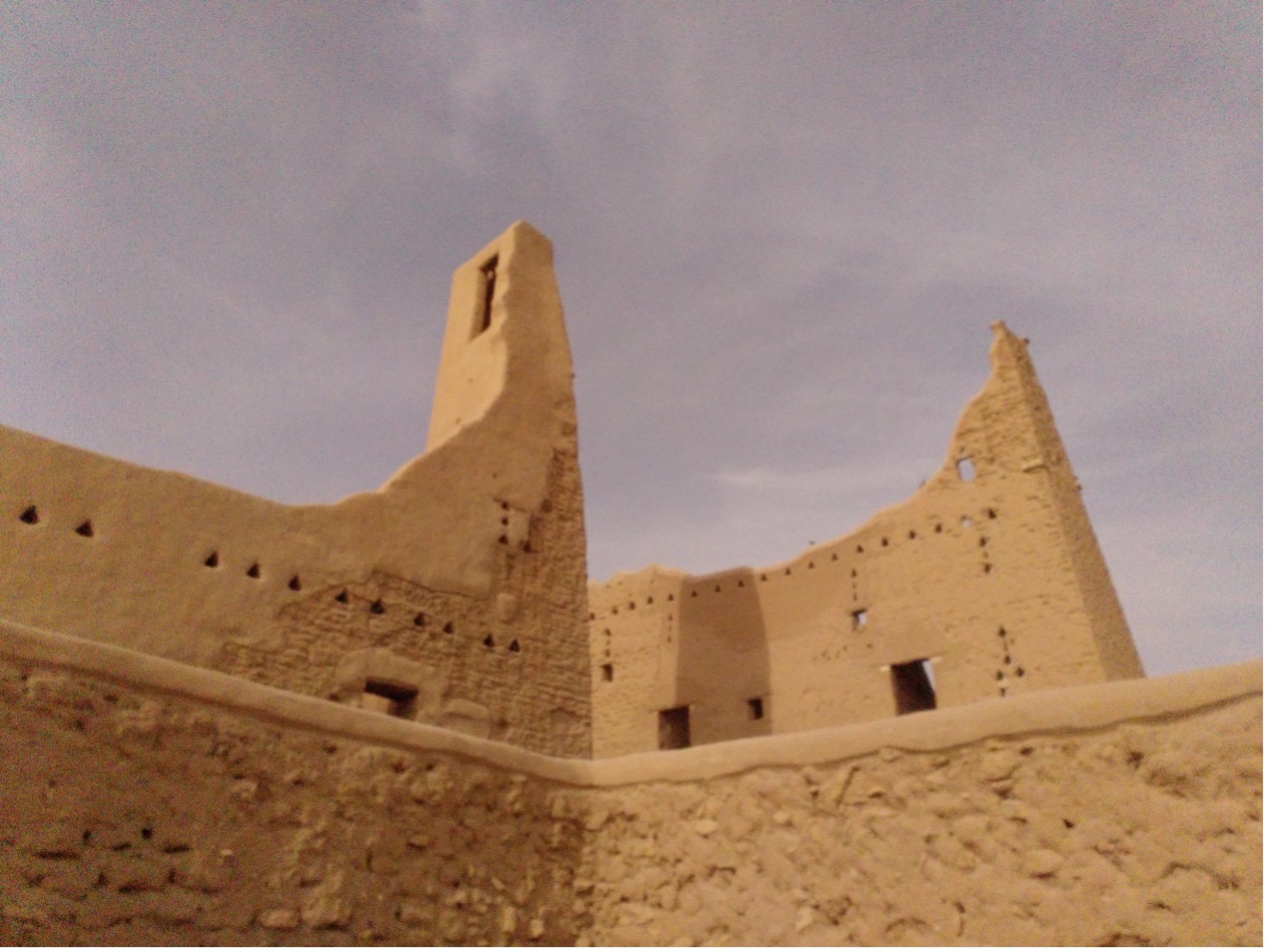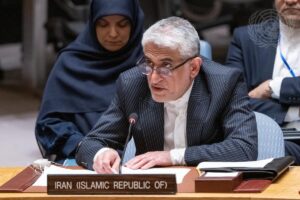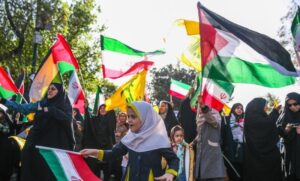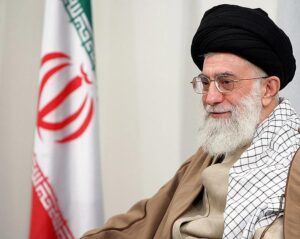After two years of limited travel due to the Covid-19 pandemic, I was finally able to visit the Kingdom of Saudi Arabia within the context of my work as a Research Associate for the Stimson Center’s Middle East and North Africa Program. I was very curious to meet with Saudis and hear firsthand about the changes the kingdom has gone through in the last few years. In this field note, I will share some of the impressions made during my short visit.
Cultural change: literature and heritage
One of my personal passions is literature. So naturally, when traveling to Saudi Arabia, I was keen to learn about the literary scene in the kingdom. From my previous research, I know that Saudi Arabia, as well as the Gulf at large, has seen an increasing literary output. Historically, the country has been at the periphery of literary production, especially when it comes to novels and short stories. But in the last decade literary output has grown. Noticeable in this respect is the increased government institutional support and investment in culture and the role technology and social media play in making access to and distribution of literature easier.
When it comes to this latter, I met one Saudi who mentioned the phenomenon of ‘Twitter poetry’, where people are sharing their poetry and short-short stories on Twitter, rather than having them published through the traditional channels. Furthermore, technology has made it easier for those interested in literature to for example get together online through book clubs.
Culture, according to the Saudi 2030 vision, is indispensable to the quality of life, and thus the kingdom aims to increase both the quality and quantity of its cultural activities.
When it comes to government support for culture and arts, Saudi Arabia established the Ministry of Culture in 2018. Culture, according to the Saudi 2030 vision, is indispensable to the quality of life, and thus the kingdom aims to increase both the quality and quantity of its cultural activities. The Ministry, among others, supports literary production and translation, but also cultural events and the development and restoration of Saudi heritage.
One example of this latter is the al-Turaif district in ad-Dariyah, which I was pleased to visit. This site, the original home of the Saudi royal family, is built in the unique Najdi architectural style and was declared a UNESCO site in 2010. A second example, which I visited, is that of Saudi’s first contemporary art Biennale, organized by the Diriyah Biennale Foundation, where contemporary art from inside and outside of the kingdom was shown.
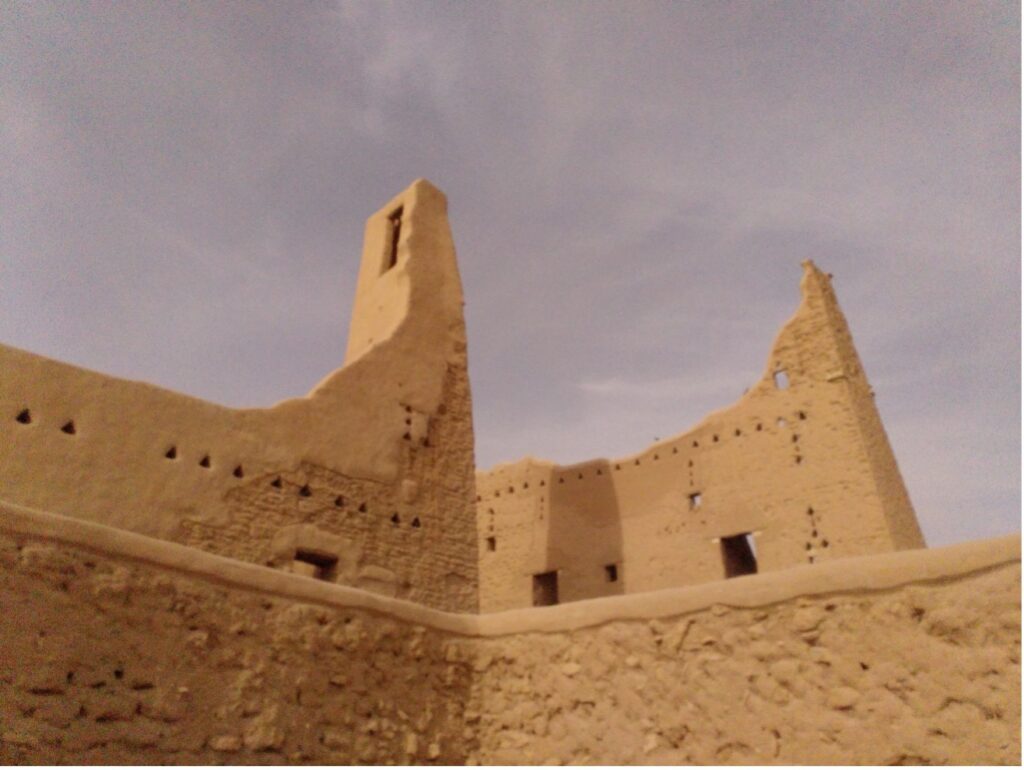
Arts: maintaining the past for the future
These examples show the increased cultural developments in Saudi Arabia, though some question the speed with which it is taking place. One artist I met mentioned that the change towards modernization in the art world is going too fast and elaborated that there are many new artists who, according to their opinion, have not studied art and are producing just for the sake of producing. They described an increasingly developing market-oriented art scene, which despite its potential positive consequences, can also be to the detriment of quality art.
During my trip I purchased an original artwork by Lama Al-Mugbel, a Saudi art student, at a calligraphy exhibition at the Princess Nourah Bint Abdulrahman University. I found that her print combined traditional elements of art, such as calligraphy, with a modern technique. The print shows the Kaaba in Mecca, and to me, it symbolizes somehow a contemporary perception of what Saudi Arabia is, and a projection of the kingdom’s history into the future.
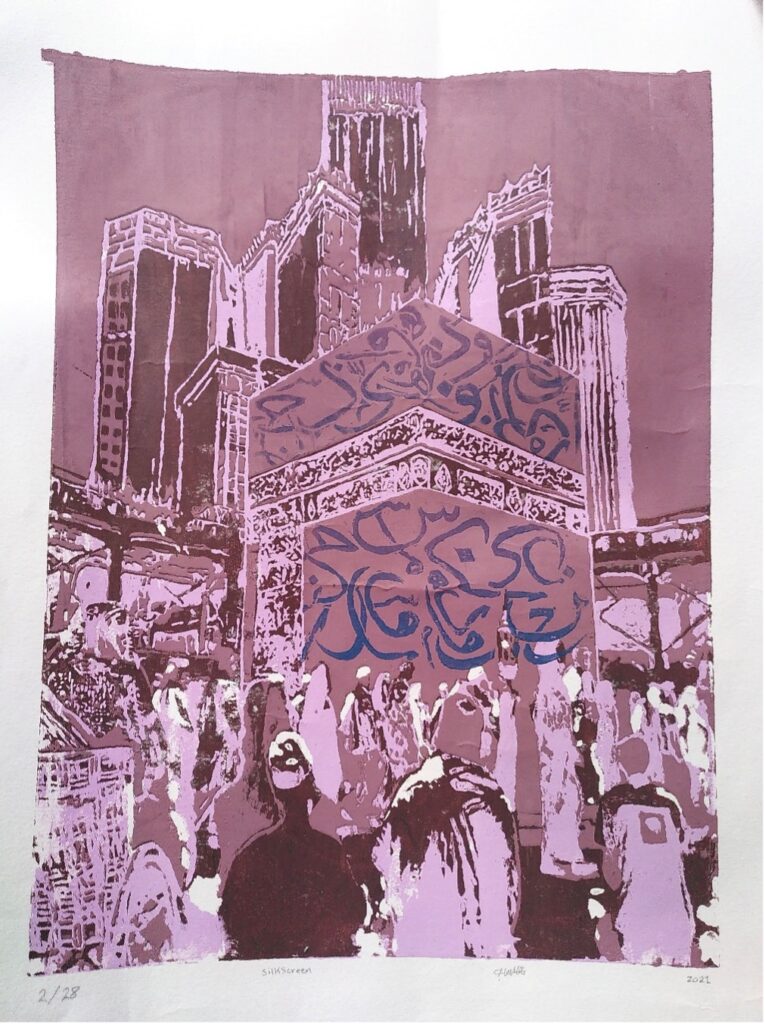
Saudi’s changing identity: from a religious to a national identity
The developments in Saudi’s cultural scene are both focused on increasing the awareness of the Saudi public on its history as a nation, as well as part of the Saudi initiative to attract more international tourism. Concerning this latter, it has become very easy to apply for a Saudi tourism visa. Something that took weeks to arrange is now achieved in a few minutes.
Linked to these developments is another theme I often heard during my visit, namely the shift of Saudi Arabia from a country with a religious identity historically linked to Wahhabism, to a national identity in which all Saudis are included. This shift was made clear in an interview Crown Prince Mohammed Bin Salman gave recently.
This new Saudi national identity is also accompanied by reforms when it comes to discrimination, yet, as one Saudi I met shared, this is still happening. In the meantime, the religious sphere has become less unreachable. Clerics have become more approachable as they are increasingly taking to Twitter and other social media and are engaging with the Saudi public directly.
The developments in Saudi’s cultural scene are both focused on increasing the awareness of the Saudi public on its history as a nation, as well as part of the Saudi initiative to attract more international tourism.
Riyadh: the city of Saudi’s future
Unfortunately, my visit to Saudi Arabia was limited to the capital city Riyadh. During many of my meetings, the city-rural divide in Saudi Arabia became clear when it comes to social and economic change. Riyadh is the capital of this change, but that does not mean it will trickle down to rural areas. Nevertheless, the Saudi government developed a plan to make the city one of the world’s most important. This includes increasing the number of its inhabitants to 15-20 million, growth to be achieved among others through economic possibilities.
The government works to provide many incentives for the growth of the city, such as increased opportunities for Saudi nationals to work in the private and public sectors through the Nitaqat framework. Riyadh is also becoming more pleasurable to live in. For example, I could see the work on the large metro network being built that should make transport through the city easier. Furthermore, several nature areas in and around Riyadh have been restored, such as Wadi Hanifa, which nowadays Saudis go to on the weekends.
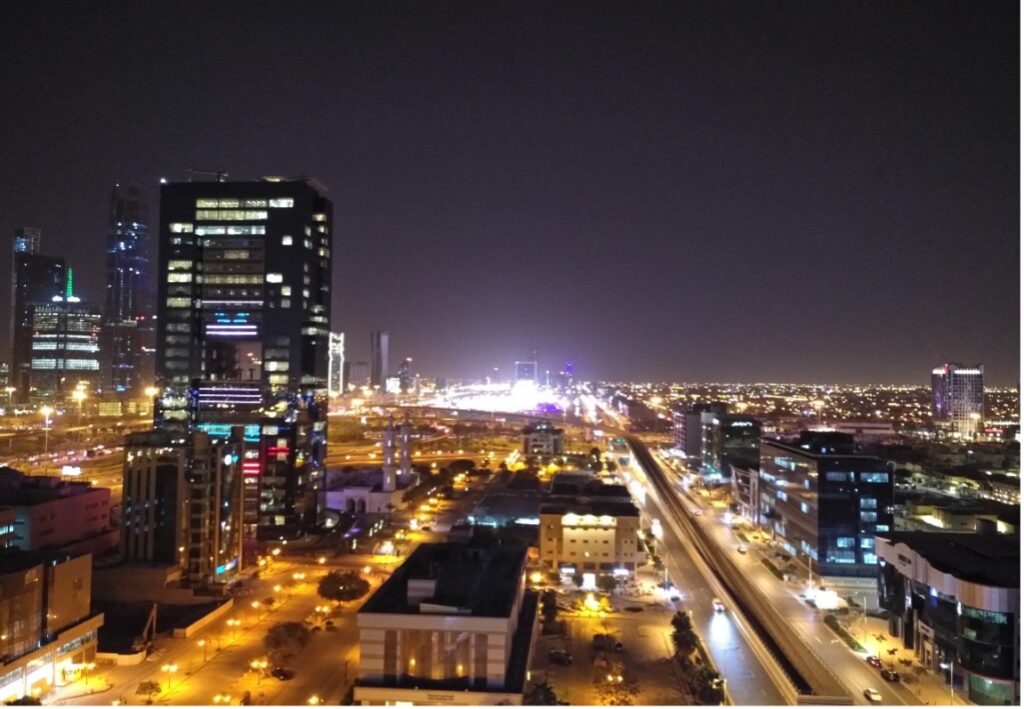
Conclusion: inclusive social change
Many of the people I met support the changes taking place. Being cautious of the caveat of generalization, this supportive group included many Western-educated young people who chose to come back to the kingdom and are now working together to build up their future. Yet, I also heard several times that not enough is done when it comes to the rights of women and minorities.
Caution is furthermore in place not to assume the recent developments benefit all, as economic growth and social change always come with losers. During my visit to Saudi Arabia, it was not clear to me who they are, though I had some thoughts. Could they be the migrant workers who came to Saudi Arabia? Or the citizens who are losing their homes to make way for new development projects? Or others who remain invisible? Thus, though I heard many positive stories about the recent developments, from the cultural sector to the increased economic opportunities and standard of living in Riyadh, time will tell how sustainable the developments are from a social point of view.

